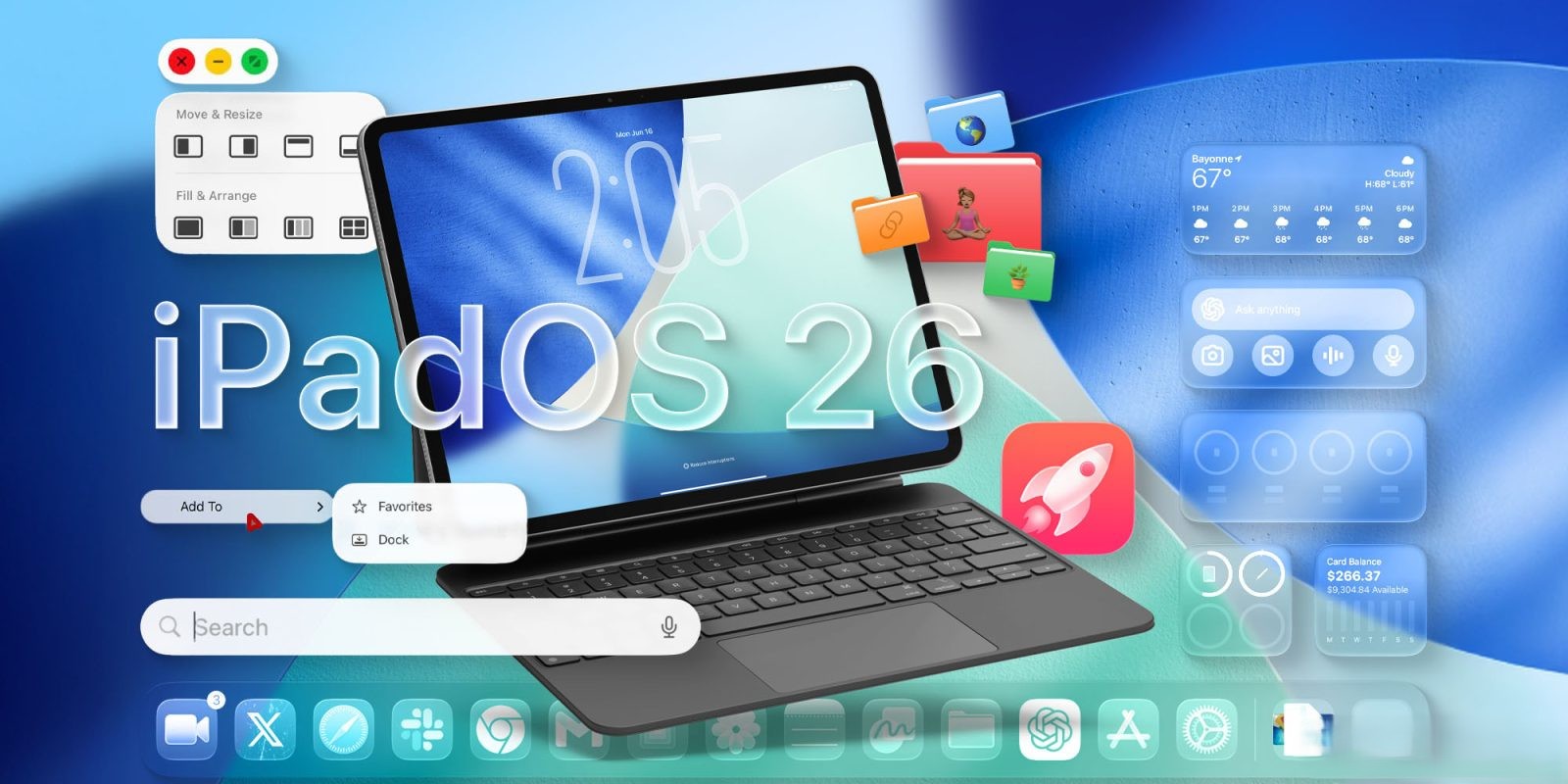Apple has introduced a new developer beta firmware for the AirPods Pro 2 and AirPods 4, marking a significant step in enhancing the functionality of these personal audio devices. This latest update, identified as build 8A5343a, succeeds the previous build 8A5324b and is compatible with both USB-C and Lightning versions of the AirPods Pro 2 and AirPods 4. Notably, this update does not extend to other models, such as the AirPods Max.
This firmware update is part of Apple’s ongoing efforts to test and implement new features anticipated in the upcoming fall releases of iOS 26, iPadOS 26, macOS Tahoe, and other operating systems. To install this beta firmware, devices must be operating on the 26-generation operating system.
Among the new features being tested are:
– Camera Controls: Users will have the ability to control their device’s camera directly through their AirPods, offering a hands-free photography experience.
– H2 Chip-Based Voice Isolation Mode: Leveraging the H2 chip, this feature aims to enhance call quality by isolating the user’s voice from background noise, ensuring clearer communication.
– Improved CarPlay Hand-Off: This enhancement is designed to provide a more seamless transition between devices when using CarPlay, improving the overall user experience during navigation and media playback.
Installation Guidelines:
Installing beta firmware on AirPods is a more intricate process compared to updating other Apple devices. To proceed, ensure that your host device is running iOS 26, iPadOS 26, or macOS Tahoe. Follow these steps:
1. Enable Developer Mode:
– Open the Settings app.
– Navigate to Privacy & Security.
– Toggle on Developer Mode.
2. Access Developer Settings:
– Return to the main Settings menu.
– Tap on Developer.
3. Enroll AirPods in Beta Testing:
– Scroll to the bottom and select Pre-Release Beta Firmware under AirPods Testing.
– Choose the specific AirPods you wish to enroll.
Cautionary Note:
As with all developer beta releases, it’s advisable not to install this firmware on devices that are critical to your daily operations. Beta versions may contain bugs or issues that could affect device performance. Therefore, it’s recommended to use non-essential hardware for testing purposes.



